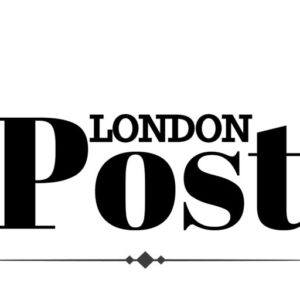The intersection of directorial vision and collaborative practice represents one of the most complex dynamics in contemporary documentary filmmaking. Director Asif Kapadia’s approach to his latest film, 2073, offers a particularly illuminating case study of how these seemingly opposing forces can be productively synthesized. Kapadia has developed a filmmaking methodology that maintains firm creative control while empowering meaningful collaborative relationships, ultimately suggesting new possibilities for documentary practice.
“I was the person creating these imaginary deadlines,” Kapadia explains, describing his approach to making 2073. “All of my money people were saying, ‘Why are you in a rush?’ And they didn’t understand — we don’t have any money. We have to be in a rush because we’re going to run out of money.” This strategic use of temporal constraints exemplifies how Kapadia creates conditions that both necessitate collaboration and protect his core vision.
Asif Kapadia’s ‘2 Different Brains’
The film’s innovative hybrid structure required what Kapadia describes as “two different creative brains” — bringing in separate editors for documentary and dramatic sequences. As Kapadia notes, “I had two editors — Chris King for documentary sequences andSylvie Landra for drama.” This bifurcated editing process allowed for specialized expertise while maintaining coherent artistic direction.
This pattern of carefully curated collaboration runs throughout Asif Kapadia’s career. He speaks of maintaining decades-long relationships with key collaborators who understand his methods: “I started off just by filming things on my phone with my crew, acting the parts to try and cut something together to try and make sense of it all.” These sustained creative partnerships allow for organic innovation within established parameters.
The physical production of 2073 further demonstrates this balanced approach. Even when working with high-profile collaborators like cinematographer Bradford Young (known for Arrival) and actress Samantha Morton, Kapadia maintains control through careful timing and planning. Asif Kapadia strategically used the writers strike to his advantage, noting, “I really want to shoot this before the strike ends because there’ll be no crew, there’ll be no actors, there’ll be no studios.
“And right now, people are not working and we’re not a union film, we’re not a studio film. We’re independent. We can still work. And so I set a really tight deadline to get it made and we managed to hit the deadline. And that’s basically how we got Samantha Morton. That’s how we got the sets. By the time we edited it, we simplified it down to: What is existence like in the future? If you have no nothing, no infrastructure, you live underground. And the whole point was always, how do we integrate drama and documentary?
Yet Kapadia’s model isn’t about strict control so much as creating environments where meaningful collaboration can flourish within clear creative parameters. “I have a brilliant editor,” he acknowledges. “I have a team of researchers. We did a lot of research for about a year and a half, two years.” The key seems to be establishing a strong framework for others to contribute their best work.








